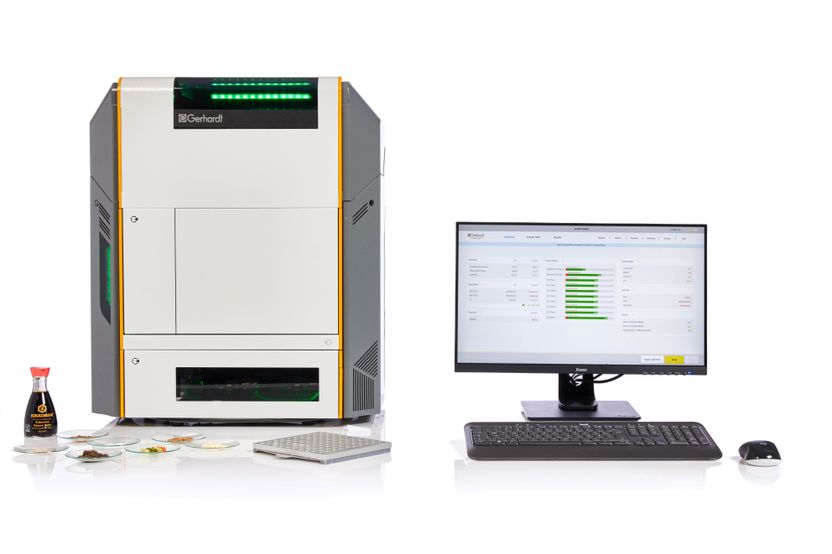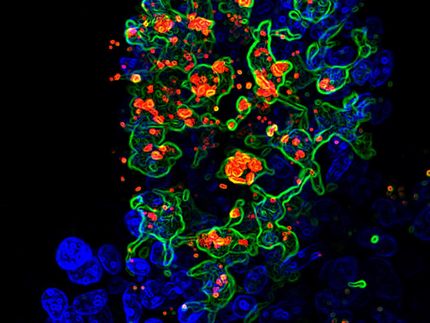Flemish researchers provide the first experimental evidence of dynamic allostery in protein regulation
The brand-new Jean Jeener Bio-NMR Center at the VIB Department of Molecular and Cellular Interactions, Vrije Universiteit Brussel, has already played a role in a scientific breakthrough that made it into the journal Cell. Thanks to NMR technology, it is possible to determine the dynamic structure of proteins. So Flemish scientists put it to use to find out how the activity of certain proteins involved in the stress physiology of bacteria is regulated.
Proteins play a major role in the billions of processes that occur in the body, including the development of muscle and skin, the digestion of food, the growth of cells and the generation of human emotions. Our cells continuously produce proteins, but how these complex molecules exactly function is by and large not well understood.
Not only the chemical composition but also the spatial structure of proteins is important for the performance of their functions. The ways in which they fold and unfold in three-dimensional space help determine the function of the molecules. So, without detailed knowledge about their structure, our understanding of their function usually remains partial. However, studying the spatial structure of proteins is anything but easy.
Regulation of gene transcription is a mechanism that allows cells to adapt to rapidly changing environmental conditions. In prokaryotes, genes are typically clustered in operons with each operon being regulated as an entity. The toxin-antitoxin (TA) system, which plays a role in stress, is one instance of this process.
Abel Garcia-Pino and his colleagues study the Phd-Doc toxin-antitoxin operon of P1 bacteriophages (small viruses) under the leadership of Remy Loris. Until now, no one has been able to explain the regulatory mechanism of this system at the molecular level. Hence, these VIB researchers are the first to demonstrate that, when Doc binds to the intrinsically unfolded C-terminus of Phd, it structures the DNA-binding domain of Phd. This type of communication process between two protein domains is called allostery. Already in the sixties allostery was generally assumed to be an important regulation mechanism in enzymes and Monod even called it the second secret of life (the first one being the genetic code). Several years ago, allostery between intrinsically unfolded protein domains became accepted, based on theoretical models, but now it has been experimentally demonstrated for the first time. The regulation mechanism presented here is new and probably also applies to other genes.
Original publication: Abel Garcia-Pino, Sreeram Balasubramanian, Wyns Lode, Ehud Gazit, Henri De Greve, Roy D. Magnuson, Daniel Charlier, Nico AJ van Nuland, Remy Loris; “Allostery and intrinsic disorder mediate transcription regulation by conditional cooperativity.” Cell 2010.
Most read news
Other news from the department science

Get the analytics and lab tech industry in your inbox
By submitting this form you agree that LUMITOS AG will send you the newsletter(s) selected above by email. Your data will not be passed on to third parties. Your data will be stored and processed in accordance with our data protection regulations. LUMITOS may contact you by email for the purpose of advertising or market and opinion surveys. You can revoke your consent at any time without giving reasons to LUMITOS AG, Ernst-Augustin-Str. 2, 12489 Berlin, Germany or by e-mail at revoke@lumitos.com with effect for the future. In addition, each email contains a link to unsubscribe from the corresponding newsletter.
Most read news
More news from our other portals
Last viewed contents
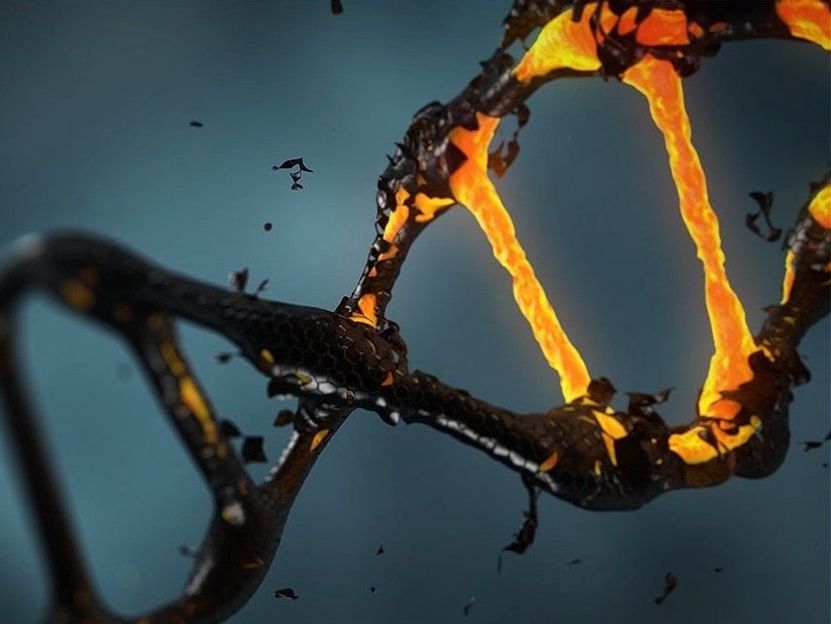
Gene editing: Taming CRISPR’s collateral damage - Simple method to detect unintended alterations in the target gene itself – results indicate that such on-target events occur at high frequency
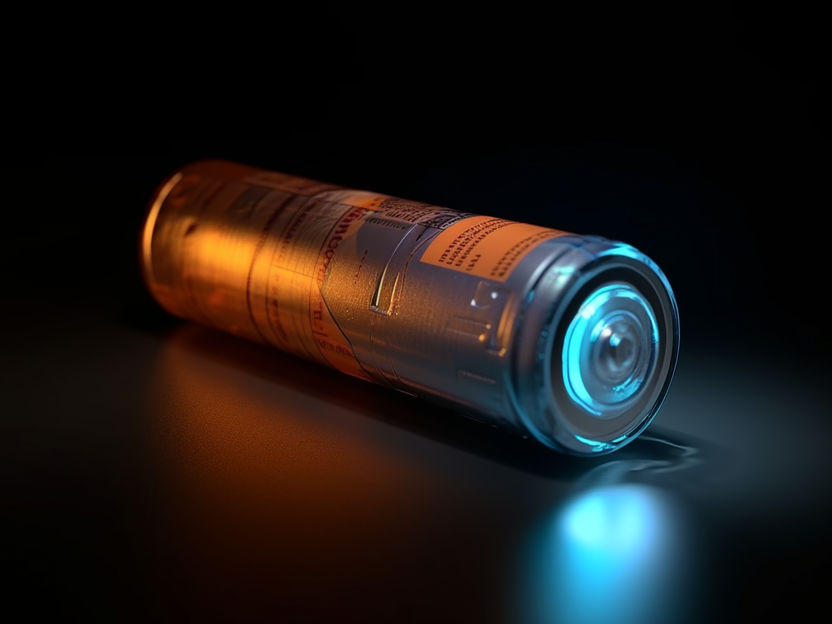
X-ray imaging captures fleeting defects in sodium-ion batteries - A Cornell-led collaboration succeeded in identifying an elusive mechanism that can trigger degradation in sodium-ion batteries
New technology allows lenses to change color rapidly - UConn scientist's electrochromic lenses can be used in sunglasses and has captured the interest of the US military
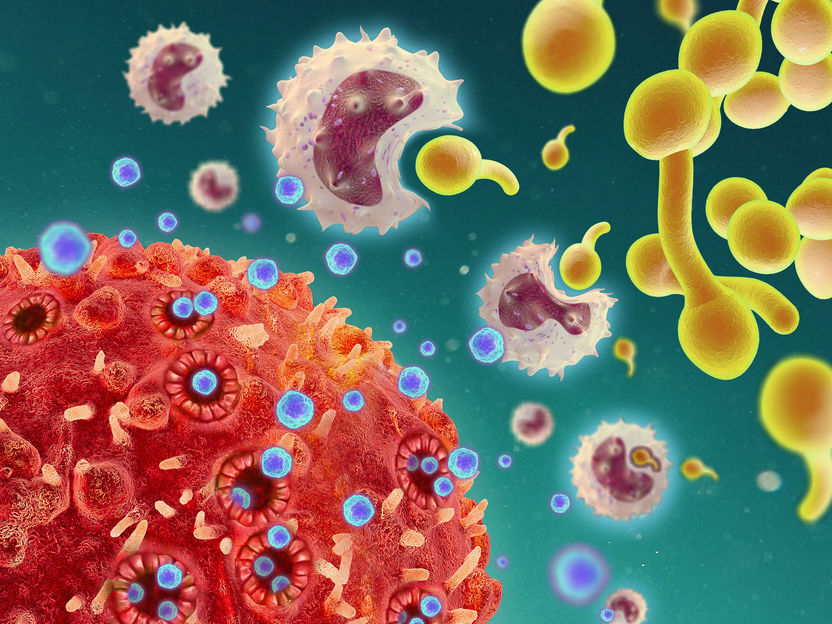
Holes in T cells - Study reveals previously unknown function of immune cells
